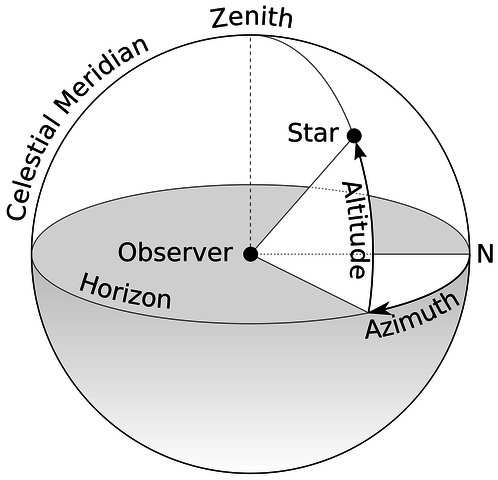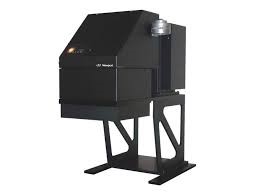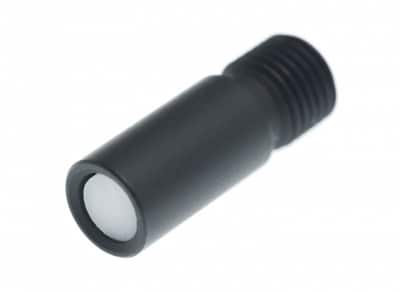Our sun is the main source of energy on Earth. A majority of the solar radiation that hits Earth is absorbed by the atmosphere, the remaining energy that reaches the surface of the Earth is either absorbed by or reflected off the earth’s surface.
Measurement of solar radiation is an essential component of climate and environmental studies, but solar radiation studies can also apply to many other fields of research including agricultural sciences, material science, and life sciences. Researchers and scientists from academia and industry need reliable information about solar radiation to develop solar panels, protective clothing and skin care products, durable outdoor products for construction, and many other uses.
Avantes works closely with a variety of these applications to offer reliable solutions for solar radiometry.
What is radiometry?
Radiometry, in its essence, is a measure of the electromagnetic wave generated by the oscillation of photons. The frequency of these waves, or the wavelength, determines the amount of energy carried by the photons, and thus the “color” of the radiation. The full electromagnetic range extends from X-ray to deep UV, through the visible spectrum of light, and to the outside of the IR and beyond to microwaves and radio waves. Avantes instruments support radiometric measurements in the UV, visible light and near-infrared between 180-2500 nm.
To collect radiometric data, a detector in a spectrometer gathers photons and converts them into an electric charge according to a known relationship. To quantify the characteristics such as those described in Figure 1, the spectrometer must be calibrated with respect to a reference source such as NIST / PWB or another standardization body, so that the detector response is correlated to this absolute standard.
| Radiometric Unit | Symbol | Definition |
| Radiant flux | Φ | The total optical power emitted from a source. |
| Irradiance | E | The flux per unit area striking a surface. |
| Intensity | I | The flux per unit solid angle from a source. (often confused with irradiance or radiance) |
| Radiance | L | The flux per unit solid angle, per unit projected area from an extended source. |
| Luminous Flux (Lumens) | Φv | Perceived power from a source weighted to the sensitivity of the human eye |
fig 1 Radiometric Units
What Do Radiometric Units Tell Us?
Radiometric units allow us to make absolute statements of quantity and quality of the radiation coming from a source such as the sun, an incandescent light bulb, or an LED. It is important to remember that the sensitivity and accuracy of radiometric measurement systems are subject to variations in components such as detectors, lenses, and other optical components. Through the calibration process, we can reduce or eliminate these variations by referencing the system to an absolute standard such that it measures in calibrated radiometric units. It is possible to find examples of radiometric measurement applications in dozens of industries and research fields.
Defining Solar Irradiance
The amount of solar radiation is defined as the amount of solar energy, over all wavelengths, per square meter at the point of incidence on the Earth’s outer atmosphere. Total solar radiation is about 1,360.8 +/−0.5 Watts per square meter (1), but we know that solar energy is not constant and homogeneous due to atmospheric conditions such as air pollution, precipitation, and cloud cover.
While the characterization of the full spectrum of sunlight provides key data points for researchers, often, solar measurements focus on the ultraviolet, visible and near-infrared. As the solar energy passes through the Earth’s upper atmosphere, some of the energy is reflected, scattered, or absorbed by atmospheric gases, water vapor, or airborne particulates. This scattering is what gives the appearance of a blue sky. Shorter wavelengths, such as those in the blue range, scattered more than longer wavelengths do.
Given that every element in the periodic table absorbs light at specific wavelengths, each element has a unique spectral signature which enables scientists to identify materials with spectral analysis. Measuring the spectral radiation of sunlight tells us about the chemical makeup of the Earth’s atmosphere and helps in predicting how the climate will respond to changes in the Earth’s energy system.
Measurement Parameters
There are many factors that influence the behavior and characteristics of sunlight as observed on Earth. Solar storms and other phenomena can affect the output of the sun. Air pollution, water vapor and cloud cover can also affect the quality of light reaching the earth due to absorption and light scattering.
 The position of the sun is a dominant factor in the measurement of solar radiation. Parameters such as the season, time of day, and geographic location of the observer affect solar measurements. The most powerful solar radiation can be measured at noon, at sea level, near the equator, during the summer when the tilt of the earth brings the observer’s hemisphere closest to the sun. This ideal atmospheric condition creates an ideal path length through the atmosphere, expressed mathematically as 1 atmosphere (1 atm). When the measurement is performed at other latitudes or at any other time of the day or year, the sun’s angle affects the characteristics of observable solar radiation. The air mass index represents a coefficient defining the direct optical path length through the Earth’s atmosphere at the point of observation. It is expressed as a ratio relative to 1 atmosphere, that ideal path length at zenith. The air mass index at a point of observation is stated as a ratio relative to the constant 1 atm. For example, due to latitude, the Air Mass index of most of North America is considered to be about 1.5 atm (2).
The position of the sun is a dominant factor in the measurement of solar radiation. Parameters such as the season, time of day, and geographic location of the observer affect solar measurements. The most powerful solar radiation can be measured at noon, at sea level, near the equator, during the summer when the tilt of the earth brings the observer’s hemisphere closest to the sun. This ideal atmospheric condition creates an ideal path length through the atmosphere, expressed mathematically as 1 atmosphere (1 atm). When the measurement is performed at other latitudes or at any other time of the day or year, the sun’s angle affects the characteristics of observable solar radiation. The air mass index represents a coefficient defining the direct optical path length through the Earth’s atmosphere at the point of observation. It is expressed as a ratio relative to 1 atmosphere, that ideal path length at zenith. The air mass index at a point of observation is stated as a ratio relative to the constant 1 atm. For example, due to latitude, the Air Mass index of most of North America is considered to be about 1.5 atm (2).
Solar Simulators
A solar simulator is a light source that simulates natural sunlight in controlled laboratory test conditions. Solar simulators are very important in the testing and certification of solar cells and modules. 
The International Electrotechnical Commission (IEC) and other organizations set performance standards for solar simulators along three parameters: spectral match, spatial non-uniformity, and temporal instability. Each parameter receives a letter grading of A, B or C. The higher the grade, the higher the quality of the light source, and therefore price. A difference of a few points in performance can drastically affect the value of a solar simulator.
Solar simulators are used to measure the photo-responsiveness and degradation of material, to perform photo etching, activate all kinds of photoresponsive devices, and to evaluate photovoltaic cells for use in solar panels. Industries that use solar simulators must ensure that these sources are maintained and checked regularly. Avantes offers solar simulator users and manufacturers our AvaSpec-SolarXM spectroradiometer system to facilitate the characterization of solar simulators. This ASTM 927-05 compliant system includes an AvaSpec-ULS2048XL-EVO spectrometer, fiber optic cables, 90° cosine corrector, and NIST traceable calibration. The system includes a software solution which provides for measuring steady-state (CW) and pulsed solar simulator systems and quantifies the spectral match according to the classes A, B, or C in six spectral bands.
Resources
(1) SORCE satellite: A Decade in the Sun “SORCE Satellite: A Decade In The Sun.” Phys.org. N. p., 2019. Web. 6 Nov. 2019.
(2) Air mass (solar energy) “Air Mass (Solar Energy).” En.wikipedia.org. N. p., 2019. Web. 6 Nov. 2019.
 My Cart
My Cart 



